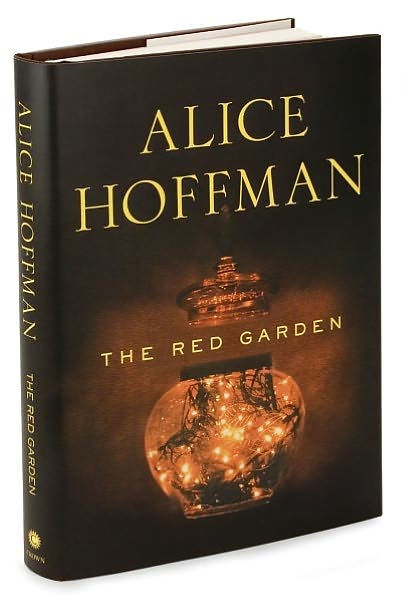Reading Group Guide
1. Hallie Brady’s story sets the stage, featuring a woman whose strength exceeds her husband’s and whose best source of solace and nourishment is a bear. What does the tale of Bearsville tell us about nature and survival? How do Harry’s actions reflect the dilemmas portrayed in the rest of the book?
2. Enhance your reading with a bit of research on the real John “Johnny Appleseed” Chapman. What makes him the ideal savior of the fictional Minette?
3. Though she is not rescued in “The Year There Was No Summer,” Amy Starr reappears for future generations. What does her ghost signify to you? Did she liberate Mary by uniting her with Yaron?
4. Like Hoffman’s character named Emily, poet Emily Dickinson did not complete her course of study at Mount Holyoke Female Seminary. What does Charles Straw awaken in his young visitor? How does he help her become a “voyager” like him?
5. “The River at Home” captures both the untold suffering and the healing that marked the home front during the Civil War and its aftermath. What ultimately restores Evan and Mattie?
6. In “The Truth About My Mother,” how does Blackwell contrast with the modern world? What ultimately ensures that the characters can replace suffering with joy?
7. At the beginning of “The Principles of Devotion,” Azurine says Sara taught her that “a woman who could rescue herself was a woman who would never be in need.” Do you agree? Are most of the people in your life able to rescue themselves, or do they need others to rescue them? What separates the survivors from the victims in The Red Garden?
8. Discuss both Topsys: the brutalized Coney Island elephant (inspired by true, horrific events) and the dog that sustains Sara. Is the special relationship between humans and nonhuman creatures in The Red Garden magical or realistic?
9. “The Fisherman’s Wife” showcases the Eel River and its hardy inhabitants in a dramatic way. What does this story tell us about fantastic storytelling, as Ben Levy required? What does the wife’s tale tell us about hunger in its many forms?
10. Discuss the many types of love that emerge in “Kiss and Tell.” Although Hannah has to hide the truth about her romantic feelings, she is able to realize her dream of raising a child. In what ways does history repeat itself through the story of Blackwell?
11. Blackwell is home to many outcasts seeking a new identity, but the townspeople often fail to identify their own “monsters.” How did you respond to the tale of Cal, whom Kate saves, versus Matthew, whose heart she steals? How are evil and injustice born in Blackwell?
12. “Sin” captures the transient figures (family as well as friends) who shape a lifetime. Frank’s reunion with Jessie sparks memories but also raises a question: Who were the truly good people in their lives?
13. What does Louise Partridge inherit other than a house? How did you react when Brian, the Harvard researcher she requested, was disappointed to find only bear bones? What stories, emotions, and experiences were planted and harvested in the red garden?
14. James Mott seems cursed, yet he is also a healer. What is the role of fate in lives like his? Was he destined to succeed? Could you relate to the closing scene, in which James is watched over by his father and Cody? Do you feel protected by the spirit of loved ones who have passed away?
15. Which characters were you most drawn to? How would you have fared in their situation? What did you discover about life and history by reading their stories?
16. Discuss other Hoffman works you’ve read. What themes (perhaps of family, new identities, or the power of magical hope) echo throughout her previous books and The Red Garden? What unique vision of the human experience is presented in The Red Garden?


